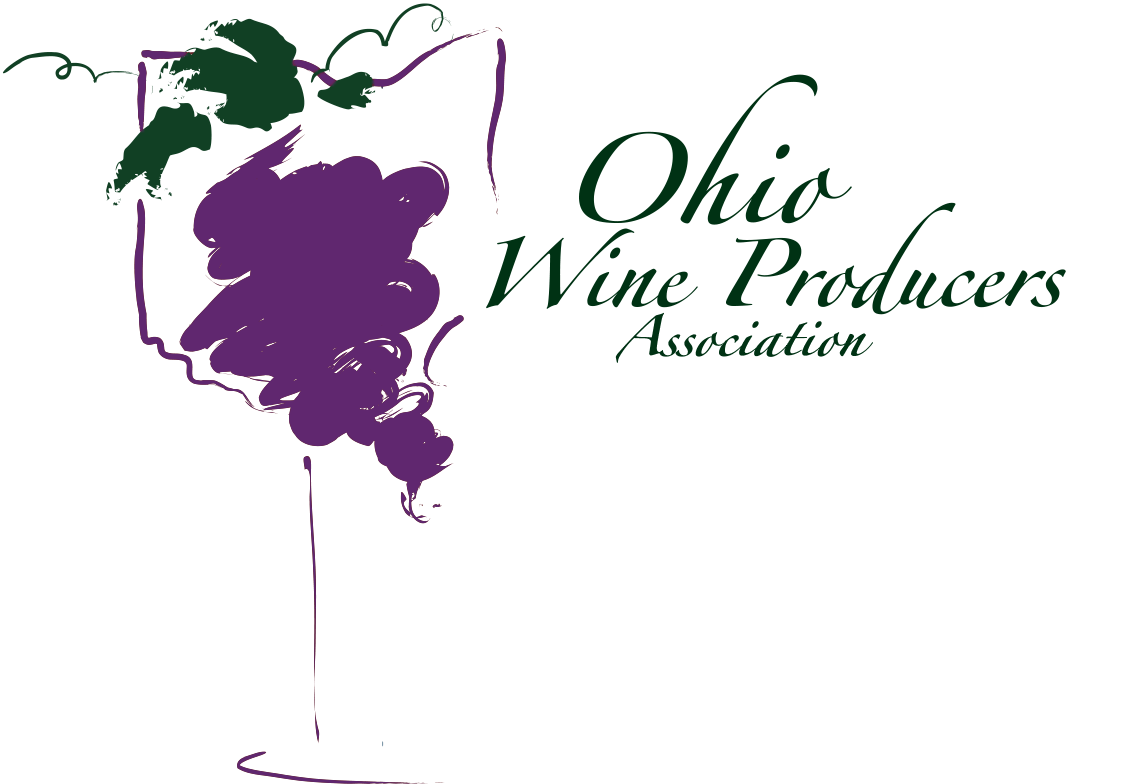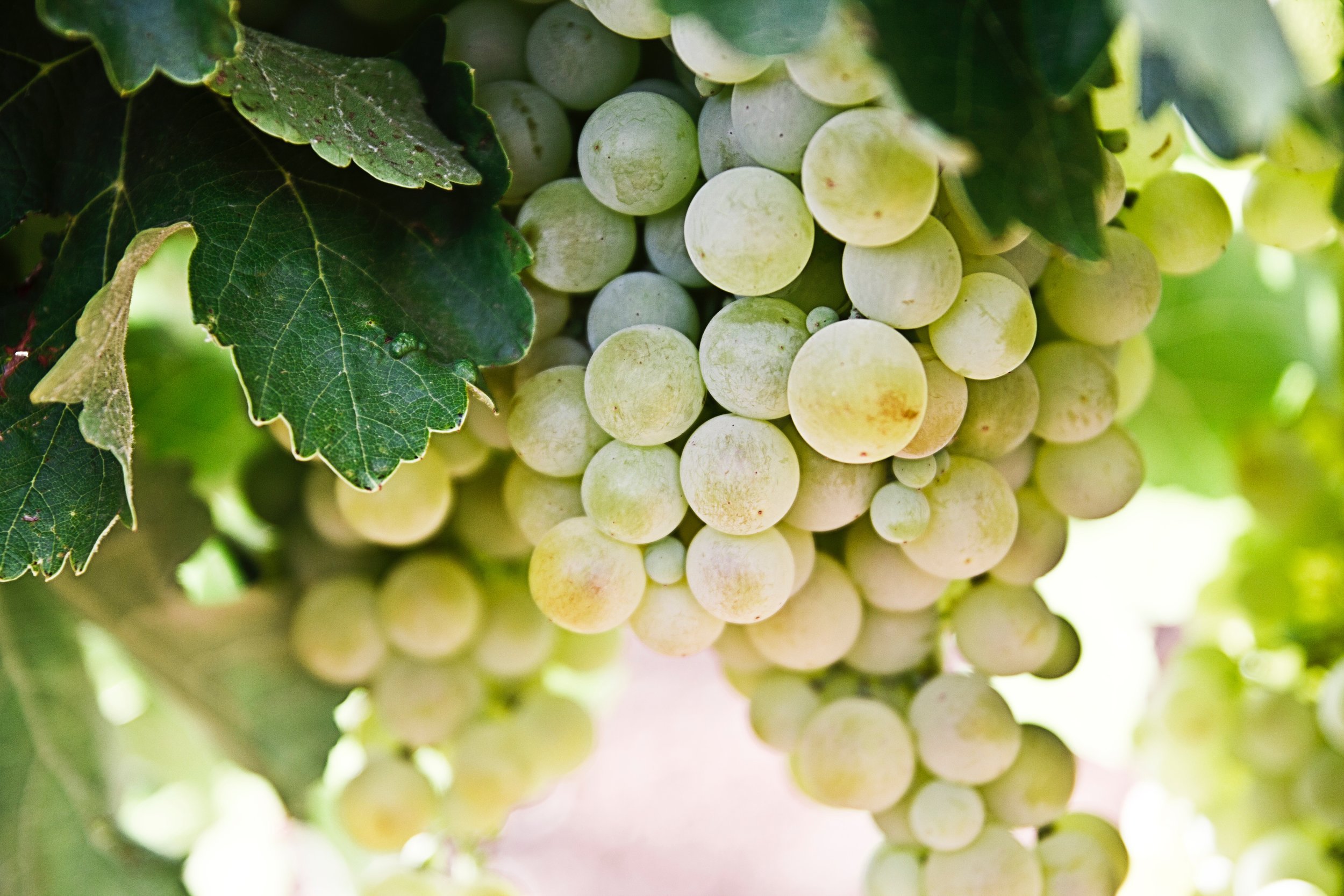Wine tasting 101
During this holiday season, lots of folks will be hosting parties where wine is a part of the festivities. Since wine is somewhat intimidating to many, when the host and guests are comfortable with some simple tasting techniques, it makes for a more relaxed experience for all: hence the purpose behind this article.
If a group of wines is being served, the host should serve dry before sweet, light wines before darker ones. Beyond that starting point, there are six S words that come into play: See, Swirl, Smell, Sip, Swallow and Savor. [When a formal tasting is taking place, it is always interesting to take some notes through each step in the process. In a party environment, though just having a mental road map on what to observe will help in the overall enjoyment of any fine wine.]
First, the taster should SEE what is in his or her glass. The liquid should be brilliant without obvious hazes, color flaws, etc. If it is an older white, or one with more oak, it will be darker in color than a young and light bodied white that was fermented in stainless steel. A red that has more purple undertones will indicate a younger wine when compared with a brick coloration which likely indicates a more bottle with more maturity than youth. Color and brilliance can best be observed when a glass is tilted and the liquid is contrasted with a white background or held up to a candle.
SWIRLING the glass will cause oxygen to mix with the wine and release, very dramatically, all the amazing aromas of fruit, oak, vanilla, coffee, spices, etc., etc. in that glass. It is said that an average person can mentally record and remember up to 10,000 different smells. Most wines do not approach that number, but a dozen or so are generally discernable in every glass, if the taster has just a little practice. A great tool to use is the UC Davis, Ann Noble, Sensory Wheel, available from a variety of wine web sites for a couple of dollars.
SIPPING the wine continues the adventure. Our tongues are designed with four basic categories of taste-buds: sweet, sour, salt and bitter. While salt is not applicable except in horribly flawed [or adulterated cooking] wines, rolling the wine a bit in the mouth helps to activate those buds to get the most complex experience out of what is in the glass.
SWALLOW is truly one of the least important parts of the tasting experience. It does get the wine into our system, and by thinking a bit after the See, Smell and Sip experiences, it does lead into the final S which is probably the most enjoyable for any wine lover.
SAVOR allows all that has come before to be considered and remembered. The long lingering aftertaste completes the circle as the wines finish allows the time to appreciate the unique characteristics of each wine explored.
So this holiday season: when you serve wine, remember the series of S words to make your event both more interesting and enjoyable.
For additional information: dwinchell@OhioWines.org
About the author:
Donniella Winchell, Executive Director of the Ohio Wine Producers Association...


